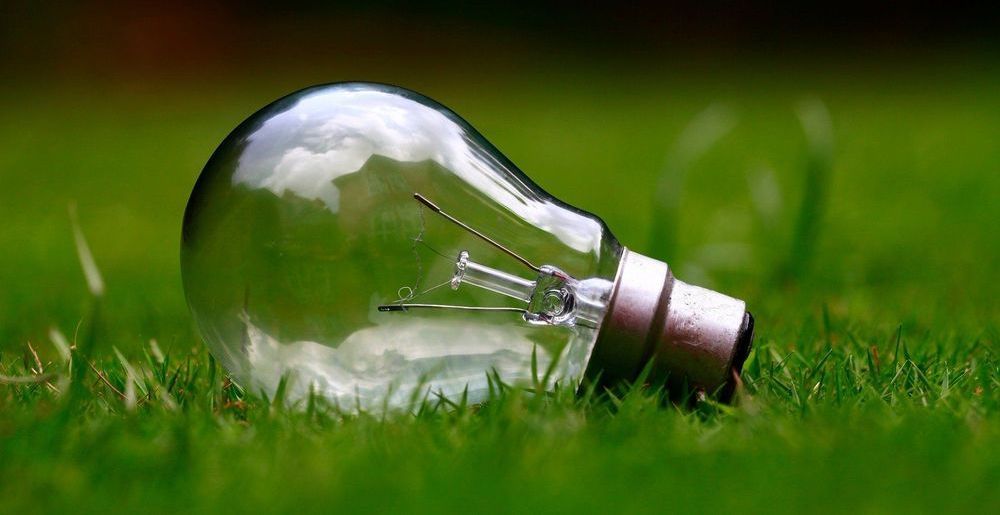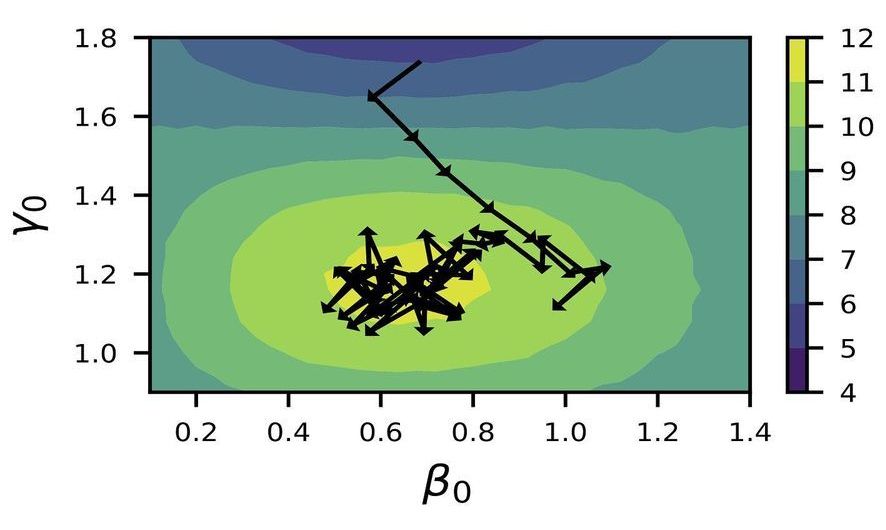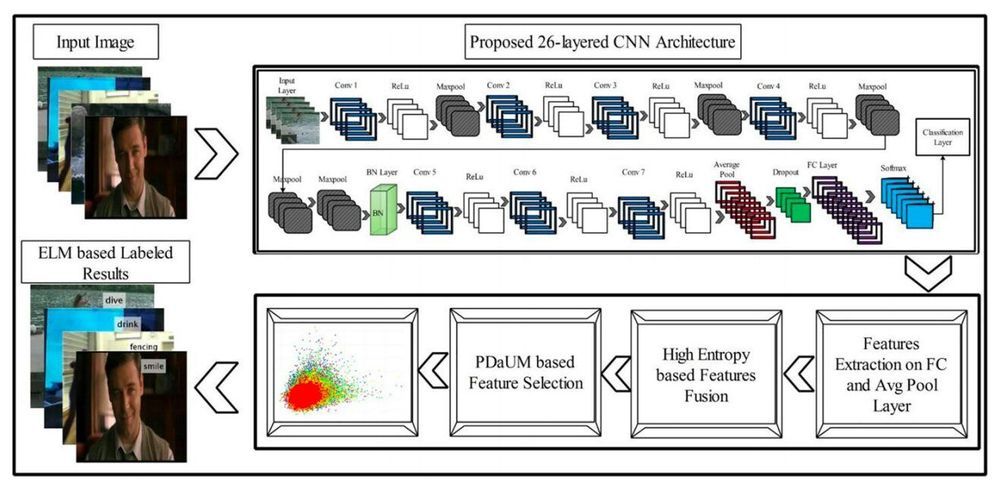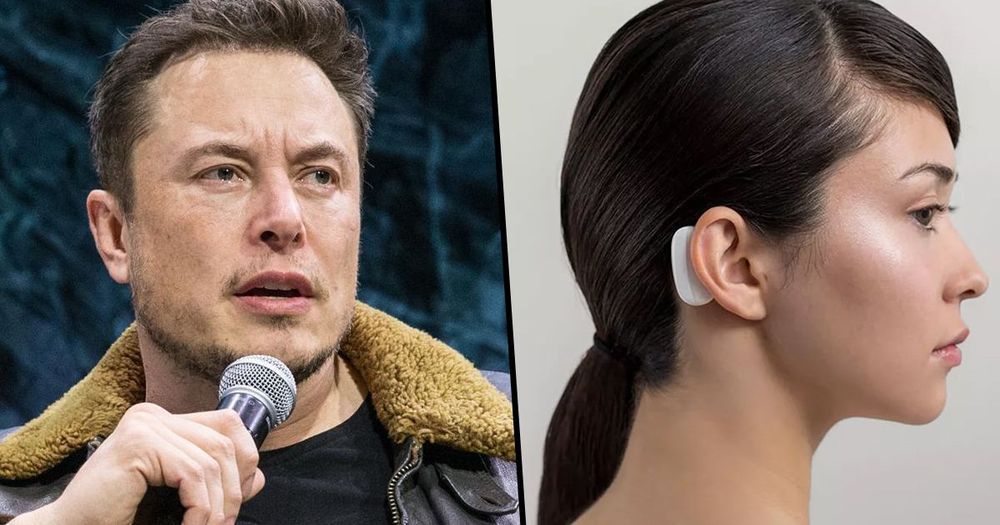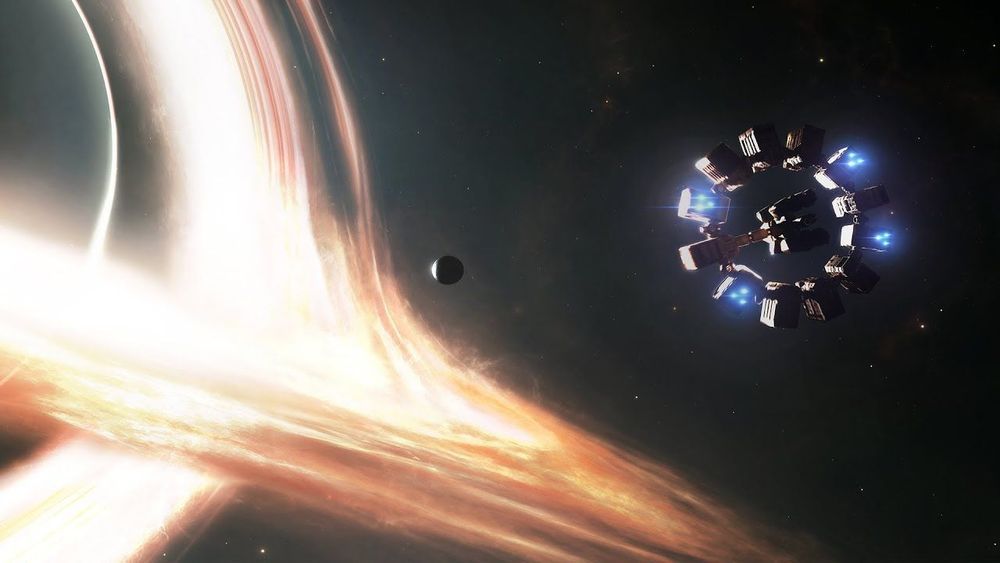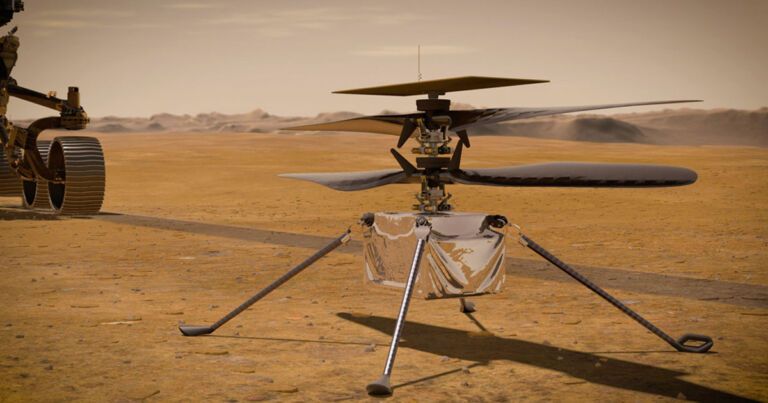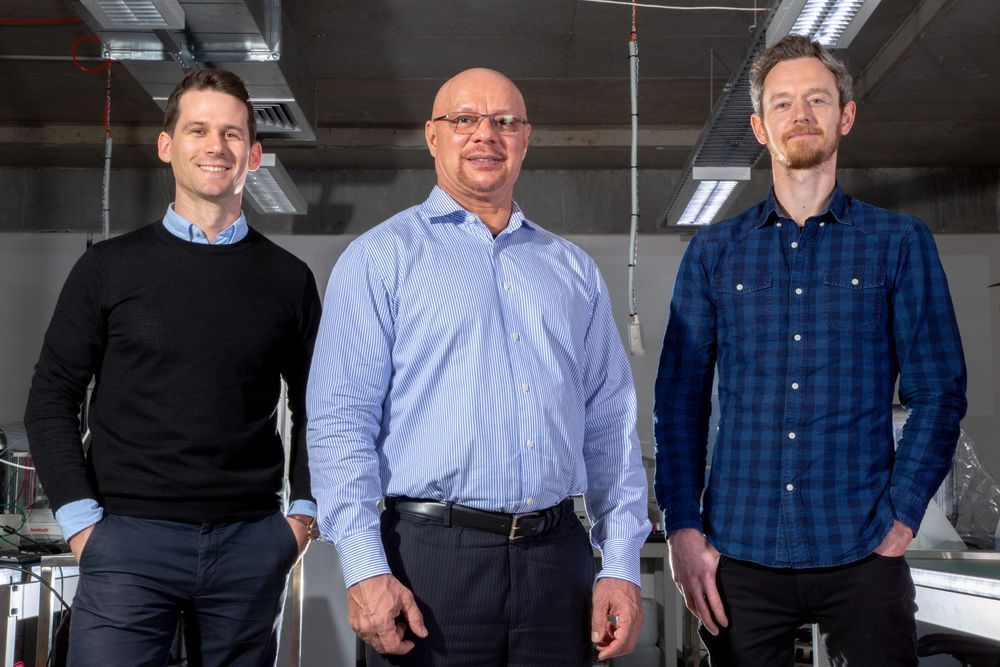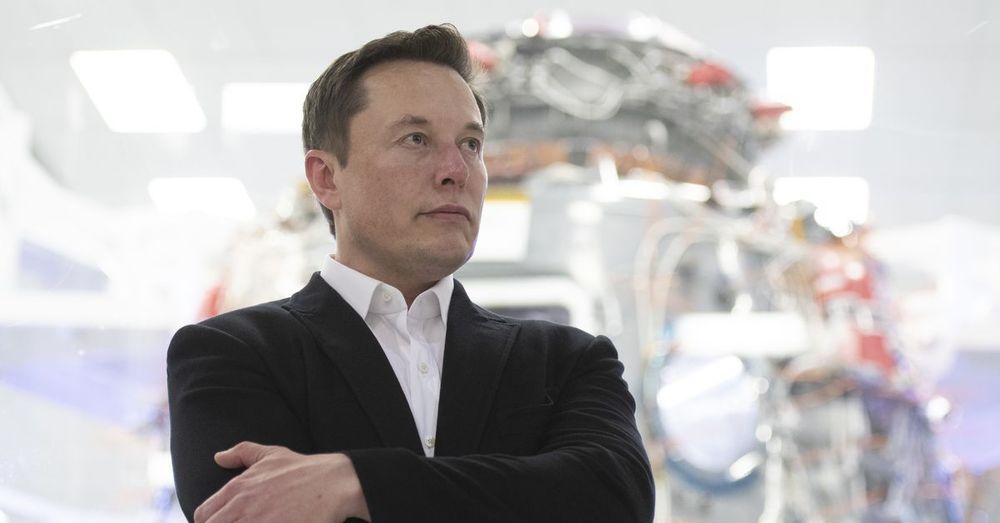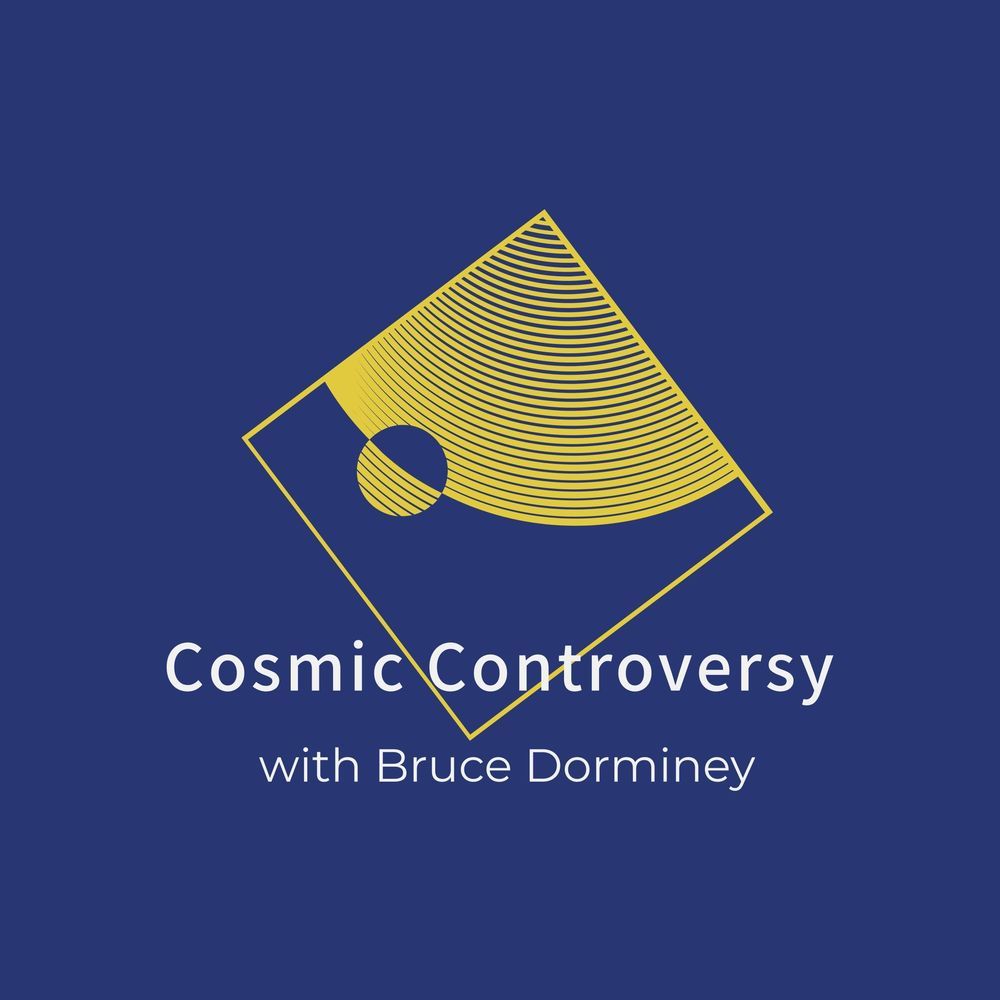Aug 28, 2020
Researchers have a bold proposal to tackle one of the biggest barriers to more renewable energy
Posted by Saúl Morales Rodriguéz in categories: energy, sustainability
The phrase “too much of a good thing” may sound like a contradiction, but it encapsulates one of the key hurdles preventing the expansion of renewable energy generation. Too much of a service or commodity makes it harder for companies to sell them, so they curtail production.
Usually that works out fine: The market reaches equilibrium and economists are happy. But external factors are bottlenecking renewable electricity despite the widespread desire to increase its capacity.
UC Santa Barbara’s Sangwon Suh is all too familiar with this issue. The professor of industrial ecology has focused on it and related challenges for at least the past two years at the Bren School of Environmental Science & Management. “Curtailment is the biggest problem of renewable energy we are facing,” said Suh, who noted it will only escalate as renewable energy capacity increases.
